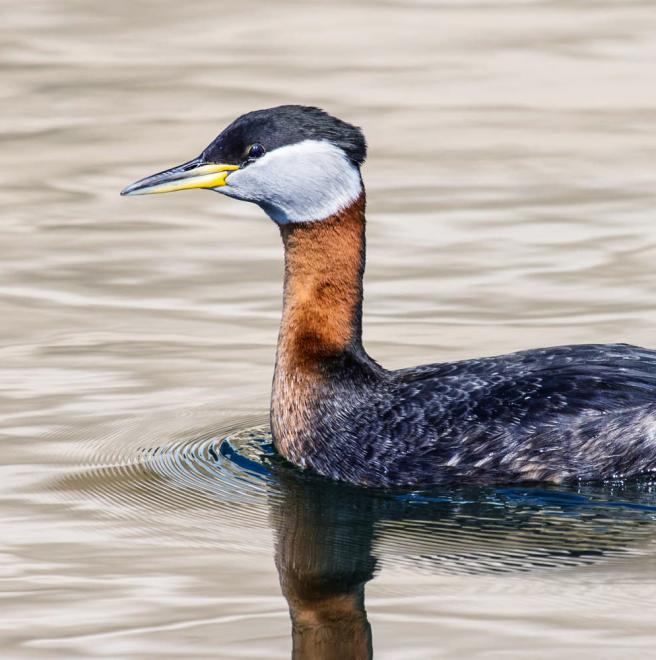

This species can be found nesting in reed beds along the edges of northern lakes below tree line. By 2080, Audubon's climate model predicts its summer climate space will shift dramatically north by over 90 percent. Its winter range is projected to shift significantly, but remain the same size overall. Red-necked Grebes also live in the Old World and therefore those populations are not included in this prediction. Whether the species can make the shift north to new breeding areas, that may or may not have shallow lakes, remains to be seen.
Explore more birds threatened by climate change around the country.





















It's easier than you think to make a difference. Become an Audubon member today to help birds facing climate change.